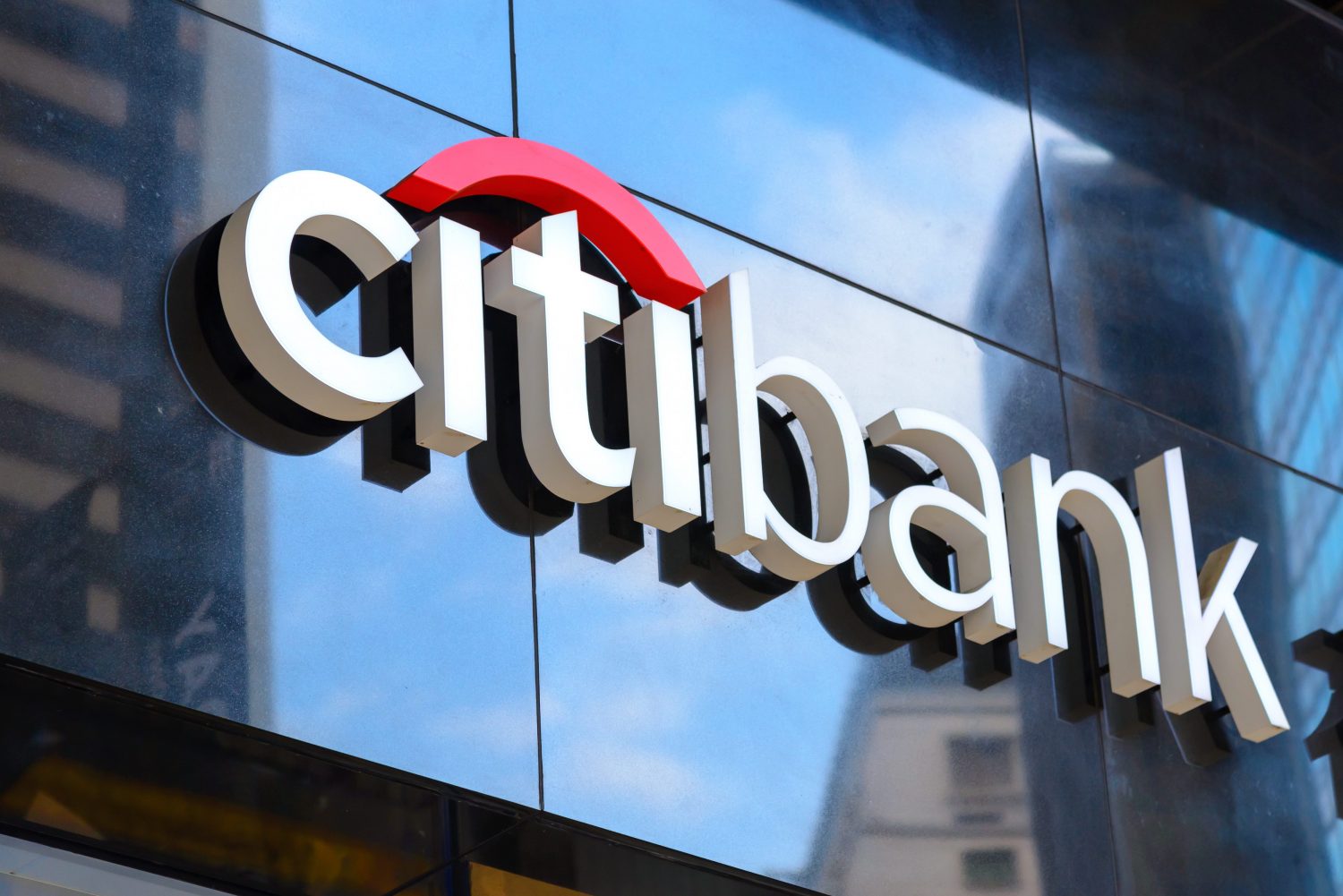What Price Bitcoin Could Reach If ETF Demand Grows, According to Citi
26.07.2025 14:31 2 min. read Kosta Gushterov
Citigroup analysts say the key to Bitcoin’s future isn’t mining cycles or halving math—it’s ETF inflows.
In a new projection, the bank outlines three possible price paths for Bitcoin in 2025, each dependent on how much institutional money keeps pouring into spot Bitcoin ETFs.
- In their base case, Citi forecasts Bitcoin reaching $135,000 by the end of the year, assuming inflows stabilize around $15 billion.
- A bullish case—where inflows accelerate—could push BTC to nearly $200,000, the analysts said.
- A bearish scenario would emerge if capital inflows slow or reverse, though Citi didn’t provide a specific downside target.
The research underscores a growing reality: spot Bitcoin ETFs now dominate market direction. Citi noted that over 40% of BTC’s 2025 price movement is already linked to ETF-related activity—outstripping traditional models like stock-to-flow or Metcalfe’s law.
The implication? Bitcoin’s price is increasingly tethered to Wall Street demand. As massive funds like BlackRock’s IBIT near $100 billion in assets, BTC is no longer just a retail play or decentralized network—it’s becoming a macro asset shaped by portfolio managers and institutional flows.
With this shift, volatility may reflect the rhythm of ETF subscriptions and redemptions more than on-chain behavior or long-term holder supply. For traders and analysts alike, ETF tracking might now be more predictive than mining metrics or wallet activity.
As the landscape changes, one message from Citi stands out: Bitcoin is entering its ETF era—and price targets will follow the money.
-
1
Esports Giant Moves Into Bitcoin Mining
05.07.2025 13:00 2 min. read -
2
Bitcoin Dominance Nears Key Resistance — Is Altseason Coming Next?
13.07.2025 17:00 2 min. read -
3
Bitcoin Price Prediction: As BTC Hits New All-Time High Is $200K In Sight?
14.07.2025 21:56 3 min. read -
4
Elon Musk Unveils His Own ‘America Party,’ Signals Pro-Bitcoin Political Shift
07.07.2025 11:40 2 min. read -
5
Bitcoin Blasts Past $121,000 as Institutions Fuel Rally—Will Altcoins Follow?
14.07.2025 8:15 2 min. read
Is Bitcoin’s Summer Slowdown a Buying Opportunity?
Bitcoin may be entering a typical summer correction phase, according to a July 25 report by crypto financial services firm Matrixport.
Massive Bitcoin Move Sparks Panic, Price Tests Range Low
Bitcoin has dropped sharply to test its local range low near $115,000, with analysts pointing to renewed whale activity and long-dormant supply movements as key contributors to the decline.
Bitcoin Scarcity Deepens: Less Than 5.3% Left to Mine
Bitcoin has reached a critical milestone in its programmed supply timeline—only 5.25% of the total BTC that will ever exist remains to be mined.
Strategy to Raise Another $2.47 Billion for Bitcoin Acquisition
Strategy the company formerly known as MicroStrategy, has announced the pricing of a new $2.47 billion capital raise through its initial public offering of Variable Rate Series A Perpetual Stretch Preferred Stock (STRC).
-
1
Esports Giant Moves Into Bitcoin Mining
05.07.2025 13:00 2 min. read -
2
Bitcoin Dominance Nears Key Resistance — Is Altseason Coming Next?
13.07.2025 17:00 2 min. read -
3
Bitcoin Price Prediction: As BTC Hits New All-Time High Is $200K In Sight?
14.07.2025 21:56 3 min. read -
4
Elon Musk Unveils His Own ‘America Party,’ Signals Pro-Bitcoin Political Shift
07.07.2025 11:40 2 min. read -
5
Bitcoin Blasts Past $121,000 as Institutions Fuel Rally—Will Altcoins Follow?
14.07.2025 8:15 2 min. read


